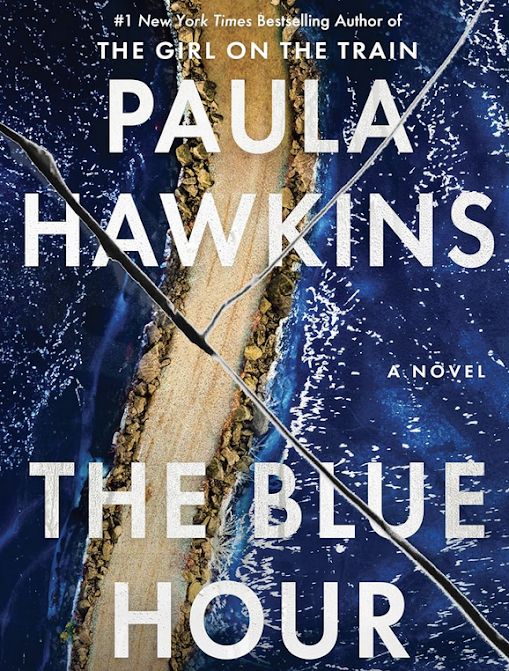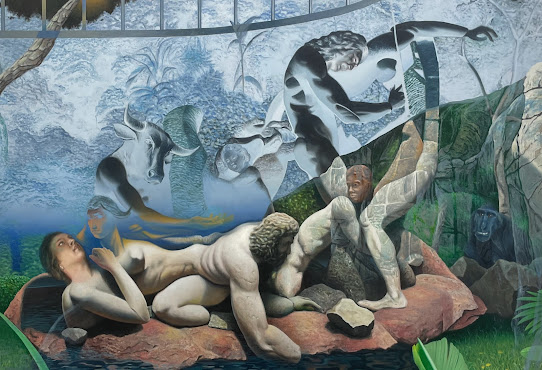(Drivebycuriosity) - It seems that the media, politicians and bureaucrats are obsessed with monopolies. In the US exist coevally two huge powerful government administrations that want to fight against the "monopoly power" of corporations: The Federal Trade Commission (FTC) & the Antitrust Division of the US Department of Justice (DOJ). The FTC alone has a staff of 1,123 employees and an annual budget of $425.7 million. Do we need it?
The image above refers to one of these alleged monopolists: MySpace ( theguardian). The company was once the leading social network and regarded as a monopolist. But then came Zuckerberg and destroyed the "monopoly" by creating Facebook.
The fate of MySpace is typical for the destiny of monopolies; if they really exist, they are endangered. Their success and their profits attract others - inventors, investors & entrepreneurs - who want to have a share of their pie. Today all the leading technology corporations are attacked by a growing number of newcomers - often copycats - who are taking advantage of the technological progress and the advent of AI - and the big tech corporations are competing with each other.
Blind Eye
The FTC ignores these changes, the growing competition and the economics behind it. FTC Chair Andrew Ferguson announced that over the next few years U.S. businesses can expect “vigorous antitrust enforcement” ( realclearmarkets). Today there are already about a dozen FTC law suits and inquiries:
The most prominent is a law suit against Amazon, stretching over 172 pages! The FTC claims that the corporation is a monopoly and stifles emerging competition ( ftc.gov vox.com). The FTC ignores that the numbers of Amazon competitors has been rising fast. Walmart`s online business grew in Q1 2025 21% y-o-y ( cnbc ), while Amazon´s online shops advanced just 6% ( ir.aboutamazon). The FTC doesn`t take notice of the rapid rise of e-commerce sites like Shopify (revenue +27% y-o-y), Wayfair, Etsy & Ebay and has a blind eye to innovative newcomers, who are aggressively entering the highly competitive market, like TikTok`s online shop, the Chinese shopping app Temu and the online shopping platform Shein ( driveby Temu nymag). And Amazon competes globally with Alibaba, Tencent (both China), Rakuten (Japan), MercadoLibre (Latin America) and others. Amazon is far away from being a monopoly.
(source )
The FTC sued Meta (the mother of Facebook & Instagram), alleging that Facebook illegally maintains its personal social networking monopoly and imposes
anticompetitive conditions on developers, ignoring competing platforms like X (formerly Twitter), Snapchat, BlueSky, LinkedIn and TikTok.
The FTC is investigating Microsoft's cloud computing business and its investments and conduct related to AI, ignoring the competition with Amazon`s AWS and the fast growing cloud businesses of Oracle, Google, Alibaba and others. The administration previously also attempted to block Microsoft's acquisition of Activision Blizzard.
The FTC launched an inquiry into Alphabet`s (Google)
generative AI investments and partnerships, disregarding the AI growth at Meta, Microsoft, Amazon and many others.
Outside of the technology sector the FTC has sued Southern Glazer’s Wine and Spirits, Deere & Company and sought to block Amgen's acquisition of Horizon Therapeutics plc. The administration also accused three major pharmacy benefit managers (CVS Health's Caremark, Cigna's Express Scripts, and UnitedHealth's Optum Rx) of artificially inflating insulin drug prices and hindering access to cheaper options.
Adding to this, the FTC has launched a broad inquiry into generative AI investments and partnerships involving companies like Alphabet (Google), Amazon, Anthropic, Microsoft, and OpenAI and looking into potential anti-competitive practices within the cloud computing industry. Big Government!
Assuming Witchcraft?
None of the sued and inquired corporations and industries are protected from the fate of MySpace. They all are challenged by Moore´s law. The continuously falling costs for software & chips and the accelerating rise of AI opens newcomers - often with the backing of powerful hedge funds and other investors - ways to attack the stalwarts and to take their market shares.
But the FTC does not care. The law suits and inquiries are based on arbitrary criteria - like "stifling emerging competition" - and the claim that the big corporations are abusing market power, which is "an imagined power, like witchcraft" comments Edwin Rockefeller, the author of "The Antitrust Religion" (amazon ).
Law suits & inquiries are driven by ideology and disdain for markets, entrepreneurs & consumers. Chair Ferguson believes that the government & bureaucrats know more about how to do business than corporations. He tries to replace markets and consumer decisions by central planing.
The real intention of the FTC bureaucrats is to gain control over America´s largest corporations and to be in charge of their business. Ferguson & Co. want to tell their CEOs what they can do and what not, how much they charge their customers and how they deal with their business partners (nationalreview ). Obviously the FTC wants to protect competitors, even those which are inefficient, which leads to less competition and will harm the consumer.
Sand Into Gears
Unfortunately the FTC is not only obsolete, it is also harmful. The law suits support the competitors of successful firms that want harm their rivals and take sides with firms disadvantaged by technological change.
The FTC is penalizing successful corporations and throws a lot of sand into the gears of the engines of the US economy. The FTC inquisition reduces the corporation`s ability to further innovate and is occupying their management capacities and slowing decision processes - making business more complicated and costly.
If corporations get punished for being efficient and for keeping costs low, it will slow economic growth, raise price level and reduce living standards of low income households, who depend on purchasing cheap goods. Innovators and startups are getting discouraged when they know that strong growth will get punished.
The FTC should be shut down!















